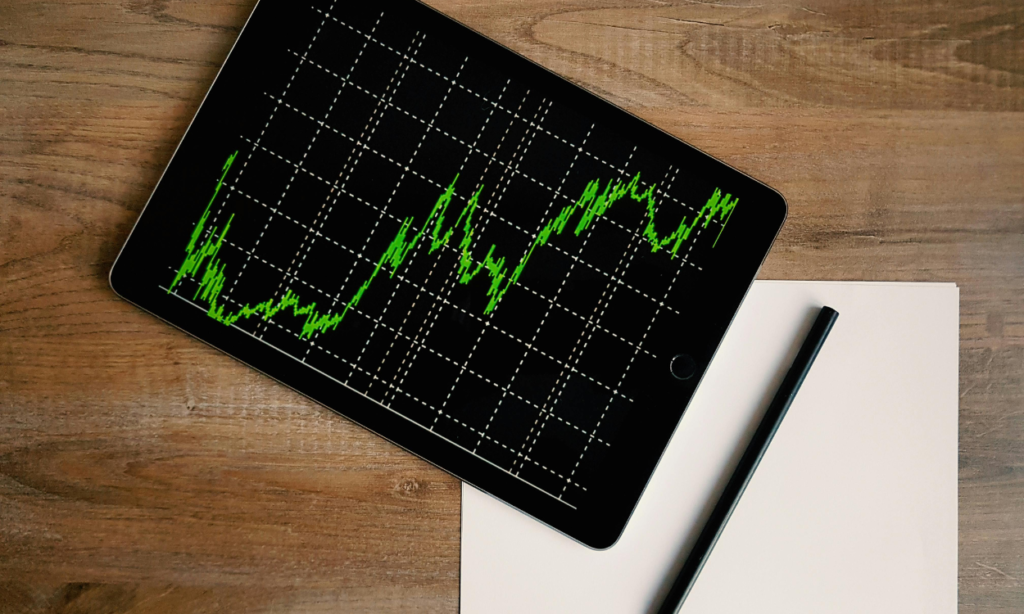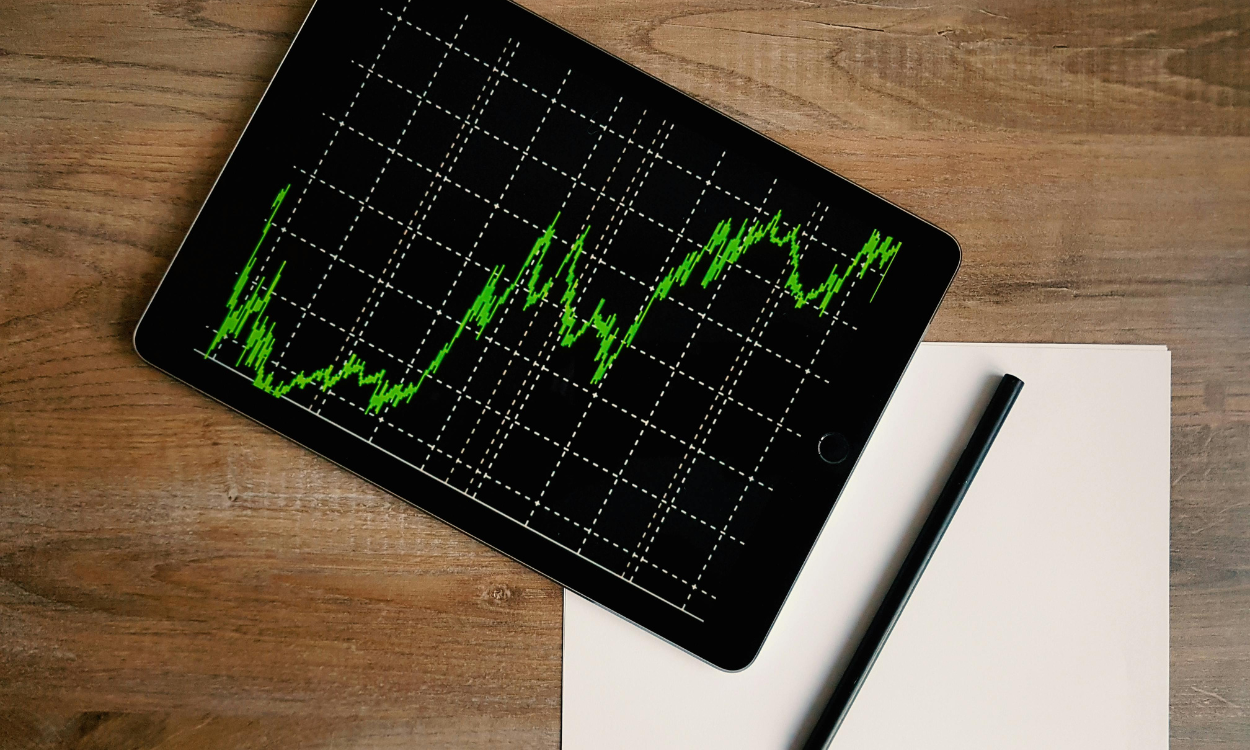Delivery trading is a popular form of stock trading that caters to investors who seek long-term capital appreciation. Unlike intraday trading, where stocks are bought and sold within the same day, delivery trading involves holding shares for a longer period, often ranging from days to even years. The key aspect of delivery trading is that once shares are bought, they are delivered to the trader’s Demat account, allowing the trader to hold onto them for as long as they desire. This trading strategy is ideal for investors looking to take ownership of stocks and benefit from the gradual growth in share prices, dividends, and corporate actions.
In this guide, we’ll explore the concept of delivery trading in-depth, its advantages, challenges, and how to maximize profits using this strategy. Whether you’re a beginner or an experienced investor, understanding delivery trading can open new avenues for wealth creation.
Table of Contents
What is Delivery Trading?
Delivery trading is a form of stock trading where an investor buys shares with the intention of holding them for an extended period, rather than selling them on the same day. When an investor engages in delivery trading, they are essentially taking delivery of the shares they purchase, meaning that these shares are transferred to their Demat account. This allows them to hold onto the shares for a long duration and sell them at a later date when the price appreciates or meets their investment goals.
Unlike other forms of trading, such as futures or options, where leverage is used, delivery trading is generally considered a safer method because it does not involve borrowing money or speculating on price movements in the short term. This makes delivery trading an attractive option for conservative investors.

How Does Delivery Trading Work?
In delivery trading, the process begins with an investor purchasing shares of a company through a broker or an online trading platform. Once the purchase is made, the shares are credited to the investor’s Demat account, where they can be held until the investor decides to sell them. The delivery of the shares takes place after the trade is settled, which usually happens within two business days.
There are no restrictions on how long the shares can be held, which means investors can keep the stocks for years, allowing them to benefit from long-term capital gains, dividends, and other corporate benefits such as stock splits and bonus shares. Delivery trading gives the investor complete ownership of the stock, allowing them to sell or transfer it at any time.
Key Benefits of Delivery Trading
- Long-Term Wealth Creation
Delivery trading is a favored strategy for investors looking to build long-term wealth. By holding shares over an extended period, investors can capitalize on the gradual appreciation of stock prices. Unlike intraday trading, where the goal is to make quick profits by exploiting short-term price movements, delivery trading allows investors to benefit from the overall growth of a company. - Lower Risk
One of the major advantages of delivery trading is the lower risk involved compared to short-term trading strategies. Since investors hold the actual ownership of shares, they are not forced to sell them due to market fluctuations. Additionally, delivery trading does not involve the use of leverage, which reduces the risk of losses due to margin calls. - No Time Pressure
Unlike intraday trading, where traders must complete their transactions within the same day, delivery trading allows for a more relaxed approach. Investors have the luxury of time and can wait for the right opportunity to sell their shares when the market conditions are favorable. This eliminates the pressure of making hasty decisions. - Dividends and Corporate Actions
In delivery trading, investors benefit from dividends declared by the company. This provides an additional income stream while holding shares. Furthermore, corporate actions such as stock splits, bonus shares, and rights issues also benefit delivery traders, as these actions can increase the value of their holdings over time. - Ownership of Stocks
The fact that delivery trading grants ownership of shares is a significant advantage. Owning shares means investors are stakeholders in the company, and they can enjoy the benefits of being shareholders, including voting rights during annual meetings.
Challenges of Delivery Trading
- Capital Requirement
Since delivery trading does not involve margin or leverage, investors must have sufficient capital to buy the desired number of shares. This can be a limitation for those who want to invest in high-value stocks but lack the necessary funds. - Short-Term Volatility
While delivery trading is beneficial for long-term growth, it exposes investors to short-term market volatility. Stock prices can fluctuate in the short term due to market sentiments, and this may cause anxiety for investors who are not used to seeing temporary losses in their portfolio. - Liquidity Risk
In some cases, especially with smaller or lesser-known companies, delivery trading can expose investors to liquidity risks. If a stock is thinly traded, it may be challenging to sell the shares at the desired price or time, leading to potential losses.

How to Maximize Profits in Delivery Trading
To make the most out of delivery trading, investors need to adopt a disciplined approach and make informed decisions. Here are some strategies to maximize profits:
- Research and Analysis
Successful delivery trading requires in-depth research and analysis. Investors should study the financial performance, growth prospects, and market position of the companies they are interested in. By identifying companies with strong fundamentals, investors can increase their chances of selecting stocks that will grow in value over time. - Diversification
Diversifying a portfolio is essential to minimize risk in delivery trading. By investing in a variety of sectors and companies, investors can protect their portfolio from the adverse impact of poor performance in any one stock. Diversification ensures that losses in one area are balanced out by gains in another. - Patience and Long-Term Focus
Patience is key in delivery trading. Investors should avoid the temptation to sell shares during market dips or minor corrections. Instead, a long-term focus should be maintained, allowing stocks the time to recover and grow in value. Successful delivery traders understand that market fluctuations are a normal part of investing. - Use of Stop Loss
While delivery trading is primarily a long-term strategy, it is essential to set a stop-loss order to limit potential losses. A stop-loss ensures that if a stock price falls below a certain level, the investor’s position is automatically sold, preventing further losses.
Conclusion
Delivery trading is a robust strategy for investors who are looking to build wealth over time by owning stocks. It offers several advantages, including lower risk, the potential for long-term capital appreciation, and benefits such as dividends and corporate actions. While it requires a higher initial capital investment and patience, delivery trading can be a rewarding approach for investors with a long-term outlook.
By understanding the fundamentals of delivery trading, conducting thorough research, and adopting a disciplined investment strategy, investors can maximize their returns and build a strong portfolio. Delivery trading is an ideal choice for those who want to take ownership of shares and reap the benefits of long-term growth in the stock market.





